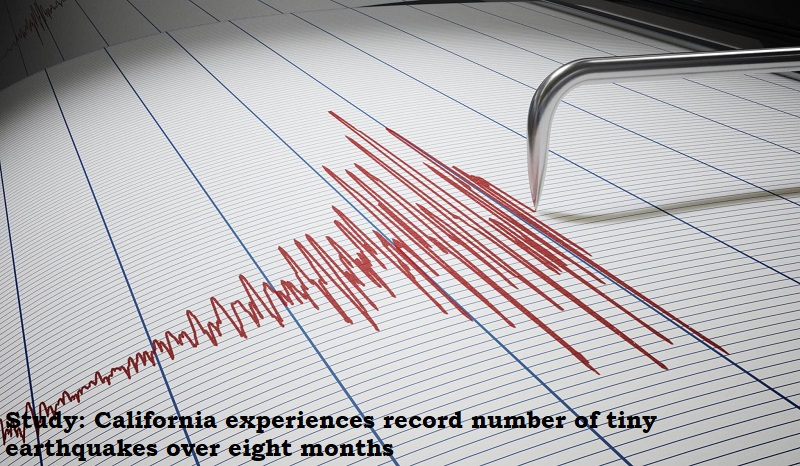
A recent study has raised concerns about the potential threat facing California due to the record number of earthquakes it has experienced. The study, published in Seismological Research Letters, revealed that over eight months, the Long Beach and Seal Beach areas recorded a thousand tiny tremors, most of which were shallow, less than two kilometres below the surface.
The study used three dense nodal arrays with thousands of sensors to detect and locate seismic events in the area. The researchers noted that constant shallow earthquakes could accumulate and generate the possibility of a surface earthquake, indicating that the region is at risk of bigger tremors. The study also suggested that the Alquist-Priolo zone surrounding the surface of active faults, which is required to be at least 50 feet wide, may not be wide enough to prevent surface earthquakes.
According to the study, the shallow Newport-Inglewood fault is wide-splayed in the area, and most of the located events are clustered at very shallow depths. The study authors noted that the seismicity pattern also compared well with some newly identified faults from reflection seismic surveys.
However, shallow events are difficult to detect by the regional seismic network. While some faults were discovered recently by oil company exploration studies, there is no evidence that the minor shallow earthquakes recorded in their investigation were triggered by oil and gas operations.
The study authors also pointed out that the catastrophic Long Beach earthquake of 1933, with a magnitude of 6.4, may have ruptured in part on the Newport-Inglewood fault. Although big earthquakes would most likely begin six to ten kilometres below the surface, ‘shallow seismicity suggests that there are many possible paths for a rupture to propagate to the surface,’ said Yang.
The researchers noted that the whole Los Angeles Basin and the entire length of the Newport-Inglewood fault could benefit from such studies to detect faults that have not been detected with the permanent seismic network or through geologic mapping.

Post Your Comments